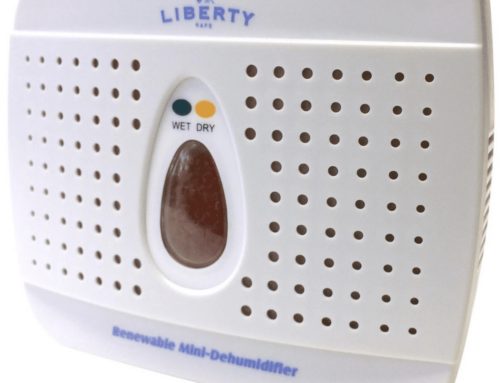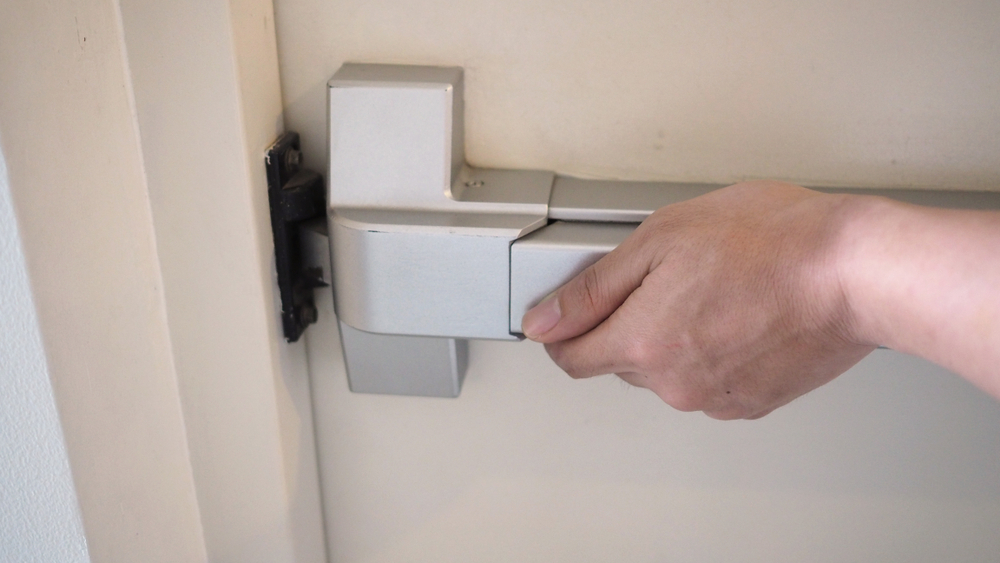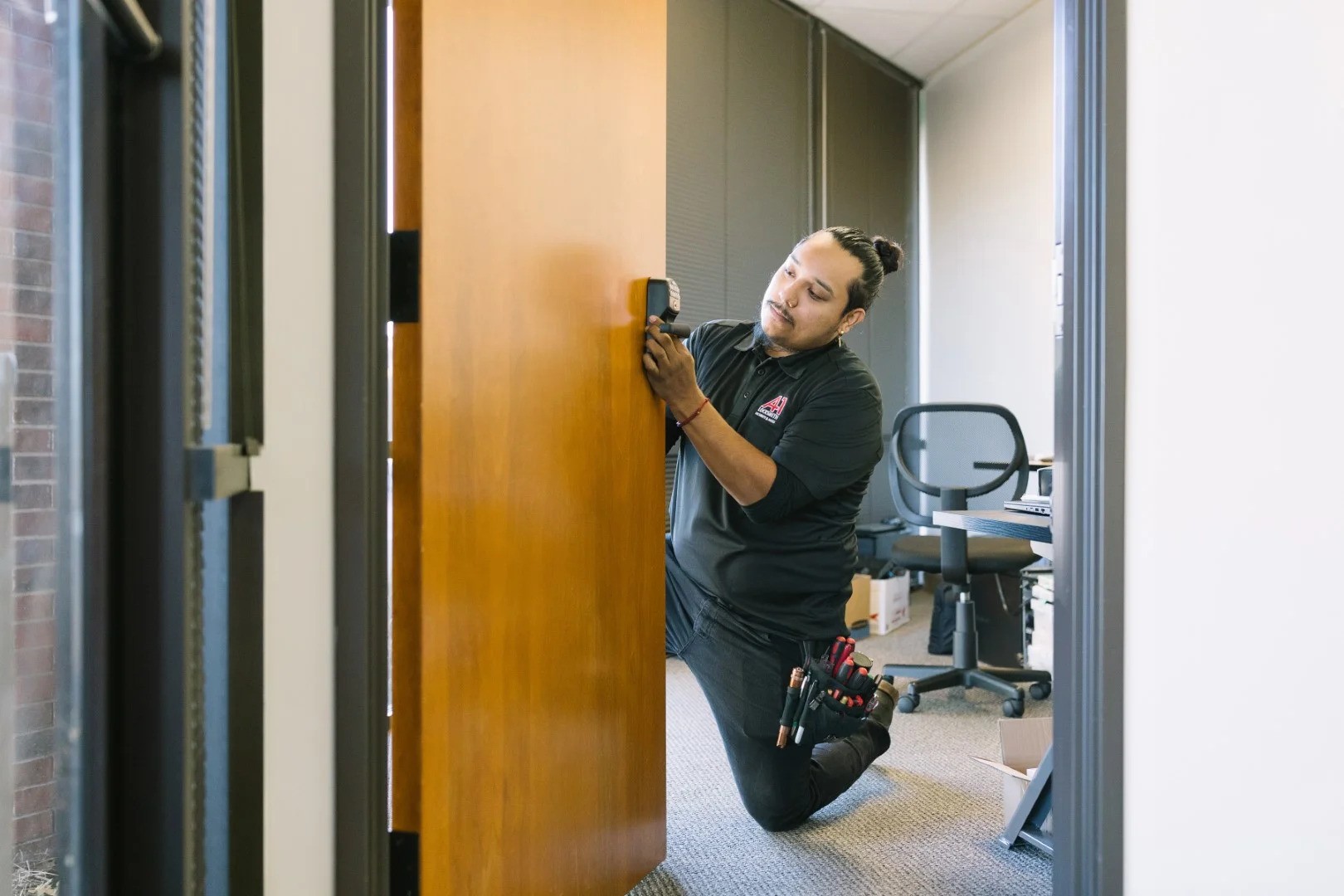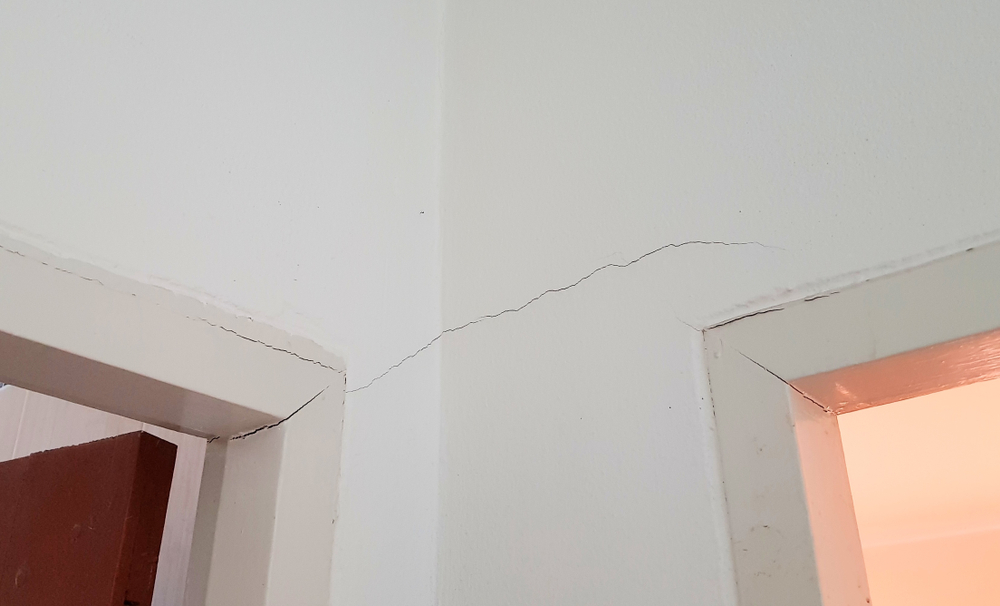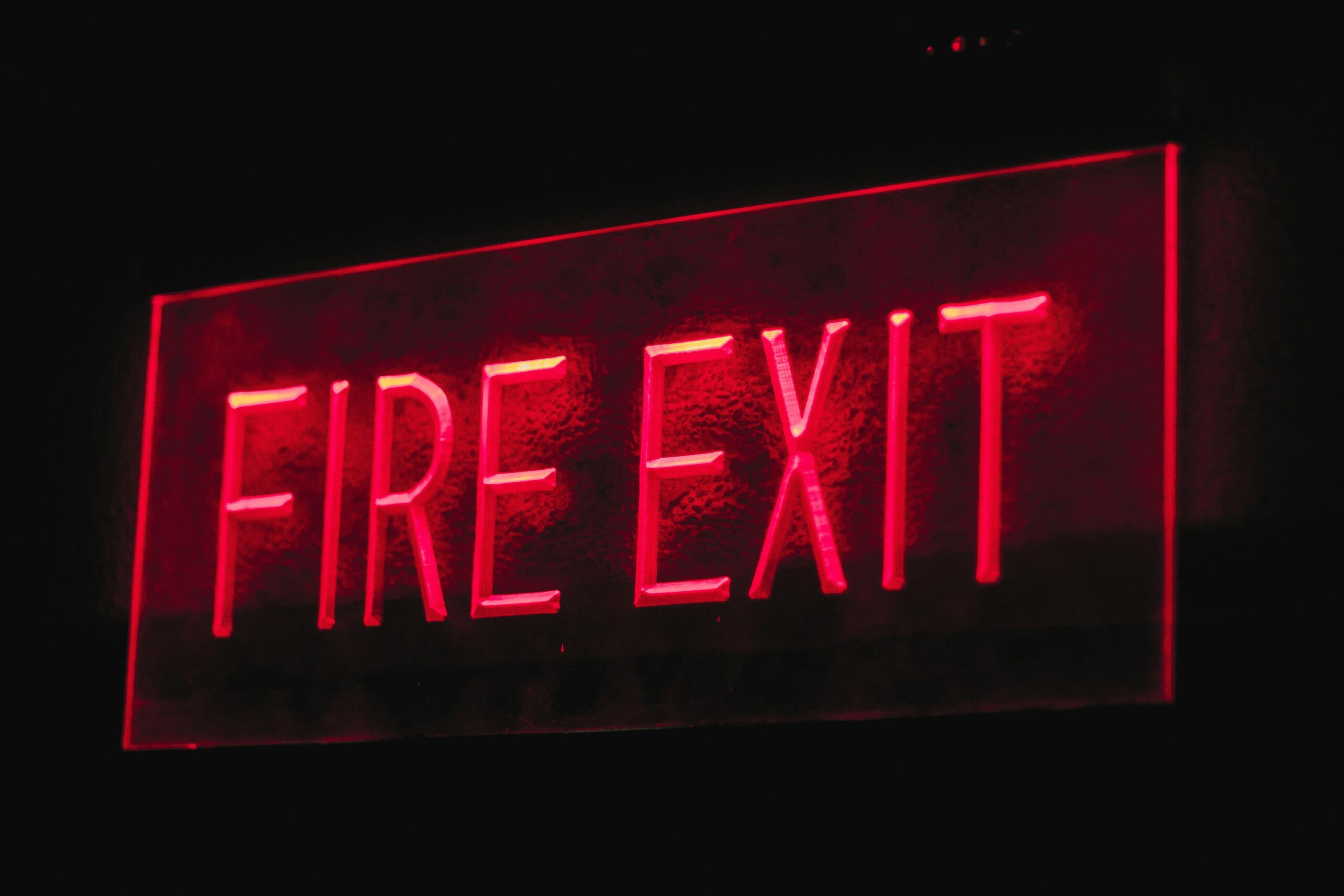So, you went out and bought yourself a safe, did you? Maybe even one of those fancy, fire-proof designs. Guaranteed to protect your belongings from would be thieves, Mother Nature or the errant electrical spark. We like to think of the need to own a safe a kind of right-of-passage; a signal that you’ve become enough of an adult to accumulate items valuable enough to protect. So, with all that foresight, wisdom and wealth that make up this particular brand of adultiness, why haven’t you installed a safe dehumidifier yet?
What the Heck is a Safe Dehumidifier Anyways?
If you’re new to the world of safes you may not have heard of the marvelous contraption known as a safe dehumidifier. It’s not exactly a complicated concept, either. A safe dehumidifier reduces and removes moisture from the air inside your safe. When it comes to valuable items, moisture is the enemy. Metal guns, jewelry and important paper documents are all highly susceptible to moisture. From rust to mold to decay, if your keepsakes are exposed to moisture over an extended period of time they are just as at risk as if you gave a burglar your key.
Why Would I need a Safe Dehumidifier?
You may be thinking moisture isn’t an issue for your particular safe. Maybe you keep your lock box safely indoors in the basement, or tucked away in the garage. Surely moisture can’t penetrate there, right? Wrong! Moisture can enter a safe every time it’s opened in order to access the contents. In humid areas, this moisture can build up quickly in the internal, circulation free environment. Even in dry environments, if you own a fireproof safe the lining often traps moisture which can eventually penetrate the inside lining creating conditions that are harmful for your prized possessions.
Types of Safe Dehumidifiers
So now that we’ve got you scared straight on the need for a safe dehumidifier, you probably are wondering what installation entails. Well that depends on the method you’ve chosen to properly eliminate moisture from your safe. Safe dehumidifiers range from low-tech bags similar to those abundant in packaging do-not-eat packs to battery charged to electric models. Which you choose will depend on both your safe configuration and your dedication to regular maintenance.
Bags filled with moisture wicking material, known as desiccant bags, are inexpensive and can be placed in nearly every model of safe. The downside to this option is that they need to be replaced, sometimes frequently depending on your level of moisture, and you’ll need to adhere to a set schedule of swapping to avoid damage to your valuables.
More effective are the mechanical safe dehumidifier units. Battery charged models rely on a combination of moisture wicking silica gel or beads and a small air circulation system that filters moisture away. This type of machine can be used regardless of whether your safe is wired for electricity but is not adjustable for level of moisture and needs to be monitored occasionally and recharged and the internal materials replaced once they’ve reached capacity. The more reliable mechanical dehumidifiers are electric models which are adjustable and warm the air to the appropriate temperature to avoid moisture build up.
Whichever option, if you have valuable worth protecting you should own a safe dehumidifier. If you’re still not sure which solution is best for you, call A-1 Locksmith for an evaluation of your system. The experts at A-1 can make a personalized recommendation and have many solutions on hand with professionals able to assist with proper installation. Whatever the safe design, A-1 is sure to have a safe dehumidifier that works for you.

